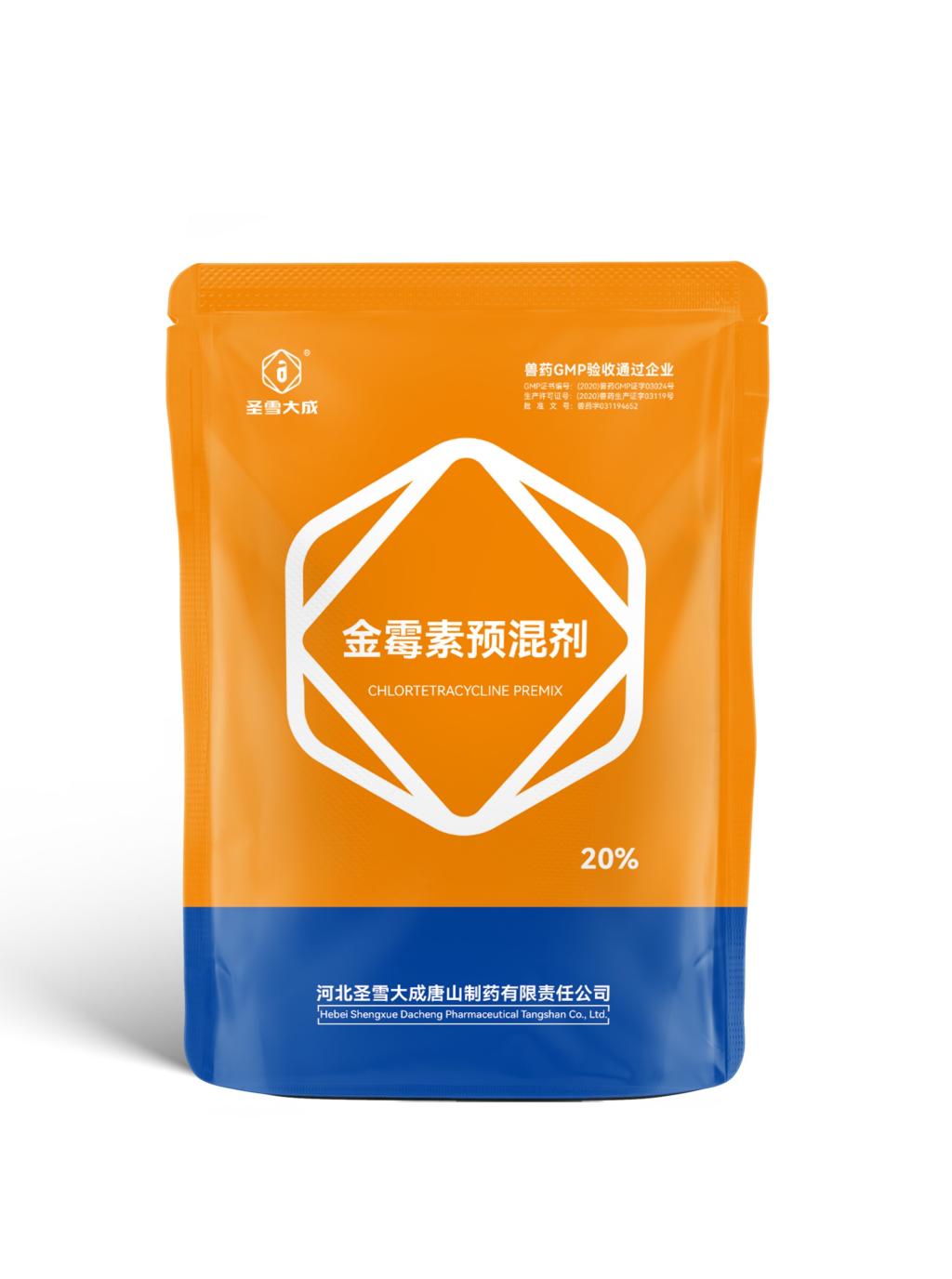Tel:0086 18231198596

News
Regulatory considerations for Chlortetracycline Premix in livestock.
TIME:2024-05-29
Regulatory Frameworks:
Regulatory frameworks governing the use of CTC premix vary among countries and regions, reflecting differences in regulatory priorities, risk assessments, and public health concerns. In the United States, the Food and Drug Administration (FDA) regulates the use of CTC premix under the Animal Medicinal Drug Use Clarification Act (AMDUCA) and the Veterinary Feed Directive (VFD). Under these regulations, CTC premix is classified as a veterinary feed directive drug, requiring veterinary oversight and compliance with specific labeling and distribution requirements. Similarly, regulatory agencies in Europe, Asia, and other regions have established guidelines and authorization procedures for the use of CTC premix in livestock, emphasizing the importance of responsible antimicrobial use and risk mitigation strategies.
Maximum Residue Limits (MRLs):
Maximum residue limits (MRLs) are regulatory standards that specify the maximum allowable concentration of drug residues in animal tissues and products. MRLs for CTC in various food products, such as meat, milk, and eggs, are established based on toxicological assessments, residue depletion studies, and risk assessments conducted by regulatory agencies. Compliance with MRLs ensures that animal products intended for human consumption are safe and free from harmful levels of drug residues. Producers and veterinarians must adhere to prescribed withdrawal periods and dosage regimens to prevent violative residues and ensure compliance with regulatory standards.
Withdrawal Periods:
Withdrawal periods refer to the time interval between the last administration of CTC premix to animals and the collection of tissues or products intended for human consumption. Withdrawal periods are determined based on pharmacokinetic studies, residue depletion kinetics, and regulatory guidelines to ensure that drug residues in animal products fall below established MRLs. Adhering to withdrawal periods is critical for preventing violative residues in meat, milk, eggs, and other animal-derived products. Veterinarians and producers must carefully calculate withdrawal periods and communicate them to ensure compliance with regulatory requirements and safeguard food safety.
Antimicrobial Stewardship:
Antimicrobial stewardship encompasses strategies and practices aimed at optimizing antimicrobial use to preserve their efficacy, minimize antimicrobial resistance, and protect public health. Regulatory agencies, veterinary organizations, and industry stakeholders play a crucial role in promoting antimicrobial stewardship initiatives related to CTC premix in livestock production. These initiatives may include educational programs, guidelines for prudent antimicrobial use, surveillance of antimicrobial resistance trends, and monitoring of antimicrobial residues in animal products. Collaboration between regulatory authorities, veterinarians, producers, and feed manufacturers is essential for implementing effective antimicrobial stewardship practices and ensuring the responsible use of CTC premix.
Emerging Regulatory Trends:
Emerging regulatory trends in antimicrobial use and resistance are shaping the landscape of CTC premix regulation in livestock production. These trends include increased scrutiny of medically important antimicrobials, restrictions on prophylactic and growth-promoting uses of antibiotics, and emphasis on alternatives to antimicrobial therapy. Regulatory agencies are also exploring novel approaches to assess and mitigate the risks associated with antimicrobial resistance, such as risk-based surveillance programs, antimicrobial resistance monitoring networks, and antimicrobial resistance action plans. Furthermore, regulatory frameworks may evolve to address emerging challenges, incorporate new scientific findings, and align with international standards and guidelines.
Conclusion:
Regulatory considerations play a critical role in ensuring the safe and responsible use of Chlortetracycline (CTC) premix in livestock production. Compliance with regulatory frameworks, maximum residue limits (MRLs), withdrawal periods, and antimicrobial stewardship initiatives is essential for safeguarding animal health, food safety, and public health. By adhering to regulatory requirements, veterinary professionals, producers, and feed manufacturers can contribute to the sustainable use of CTC premix and mitigate the risks associated with antimicrobial resistance. Continued collaboration between regulatory agencies, industry stakeholders, and research institutions is necessary to address emerging regulatory trends, promote antimicrobial stewardship, and ensure the welfare of animals and consumers in livestock production.

 CONTACT
CONTACT




